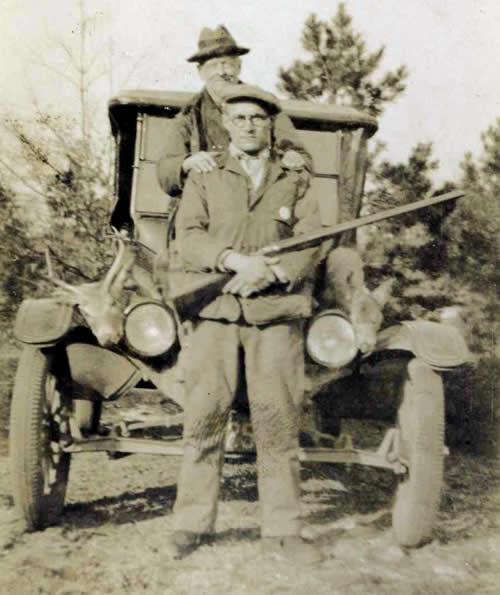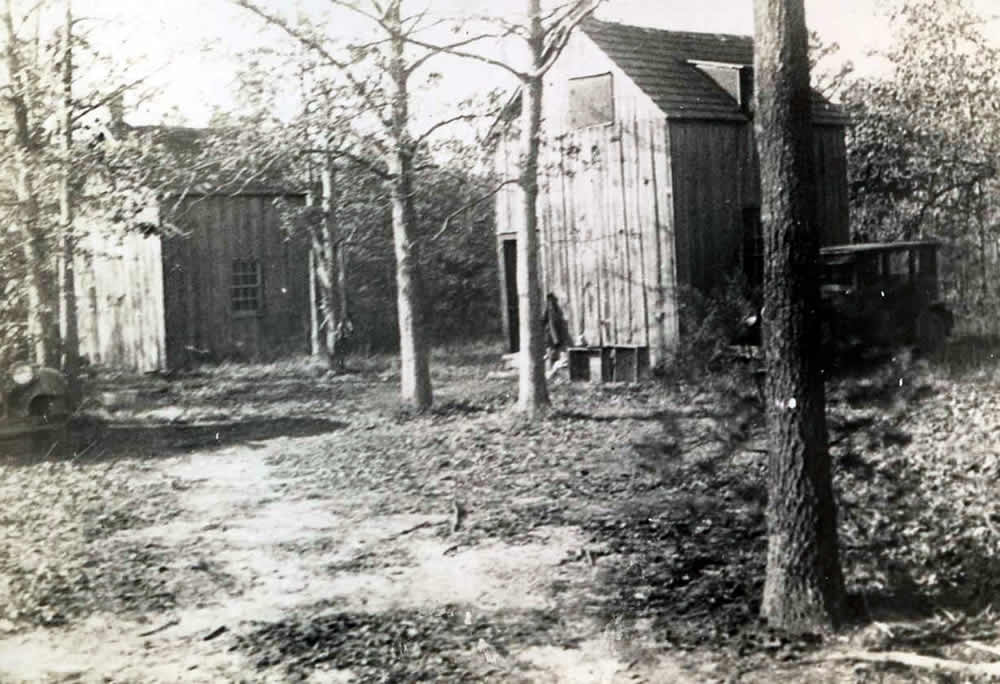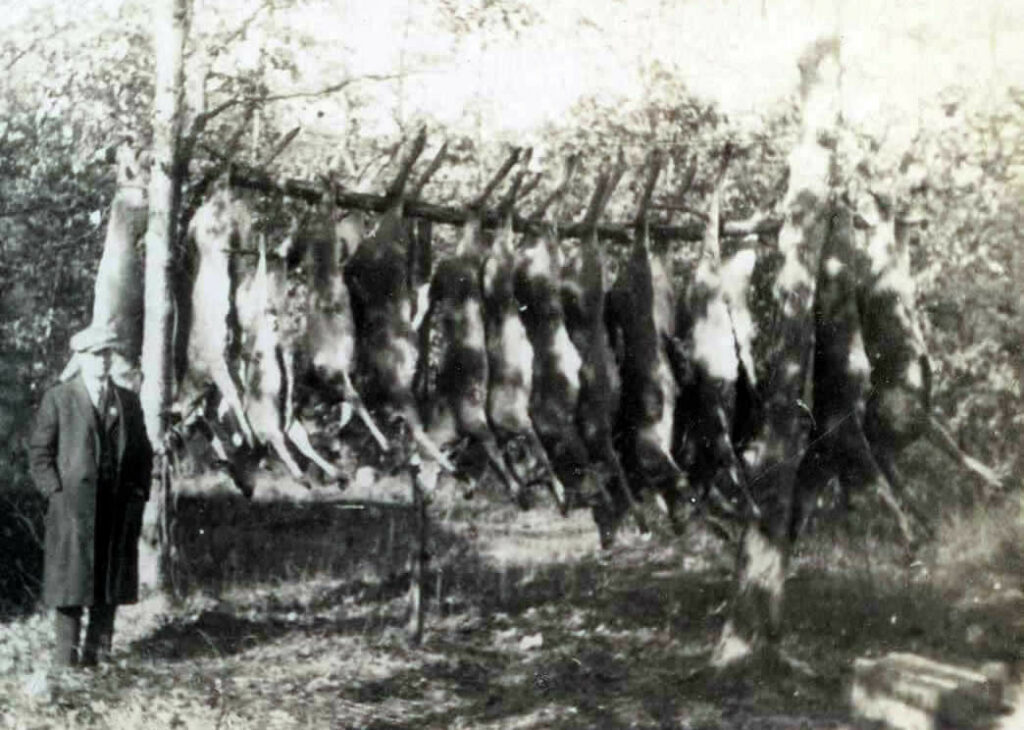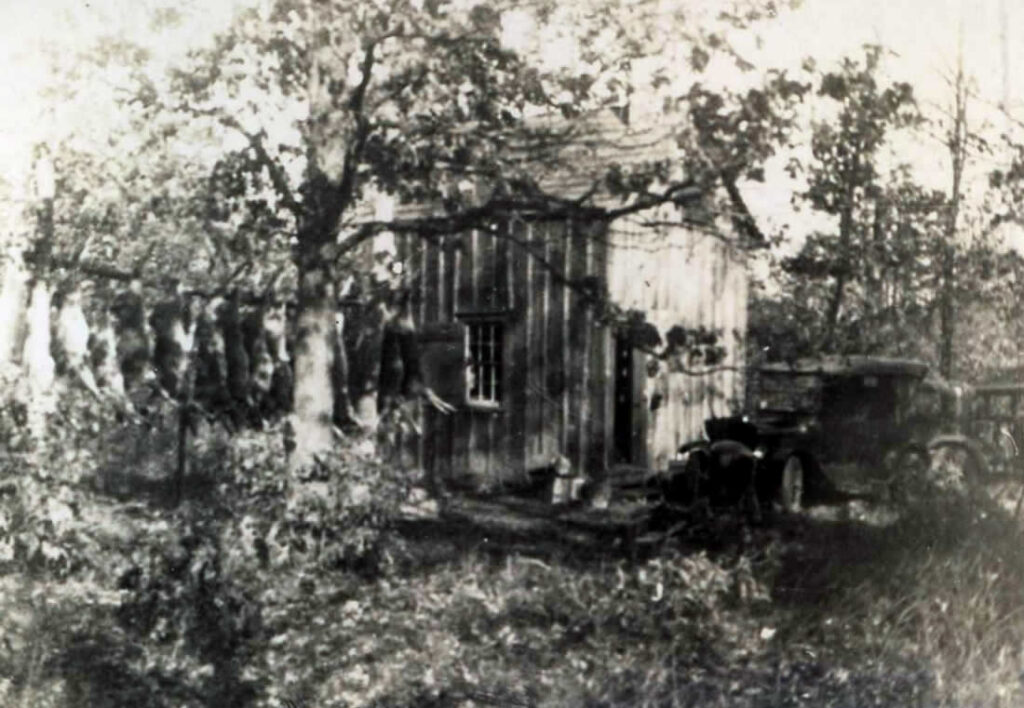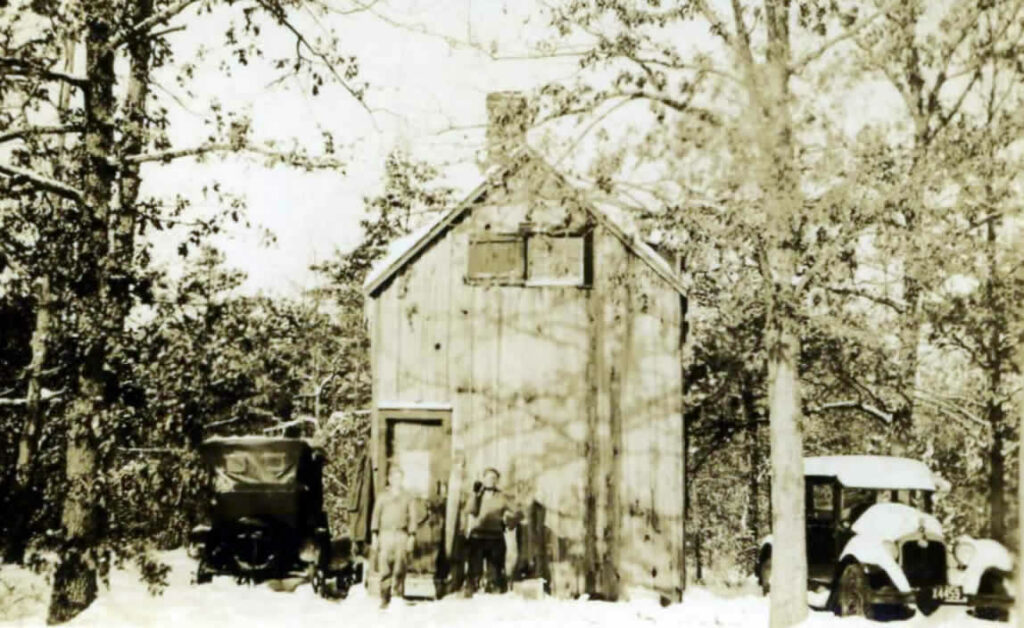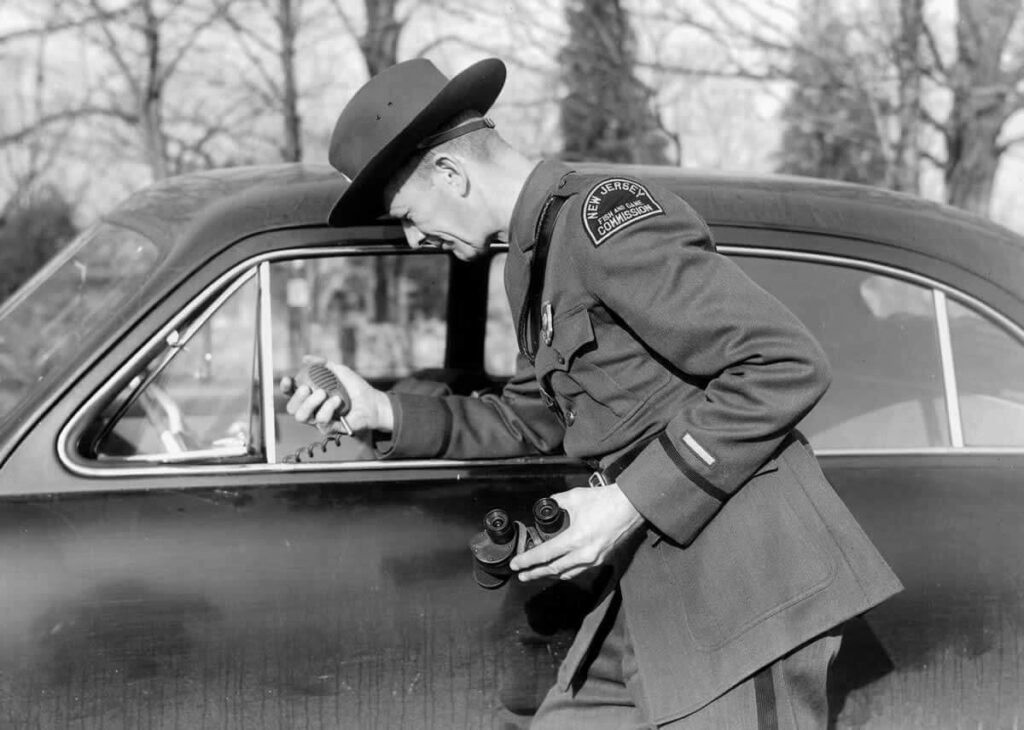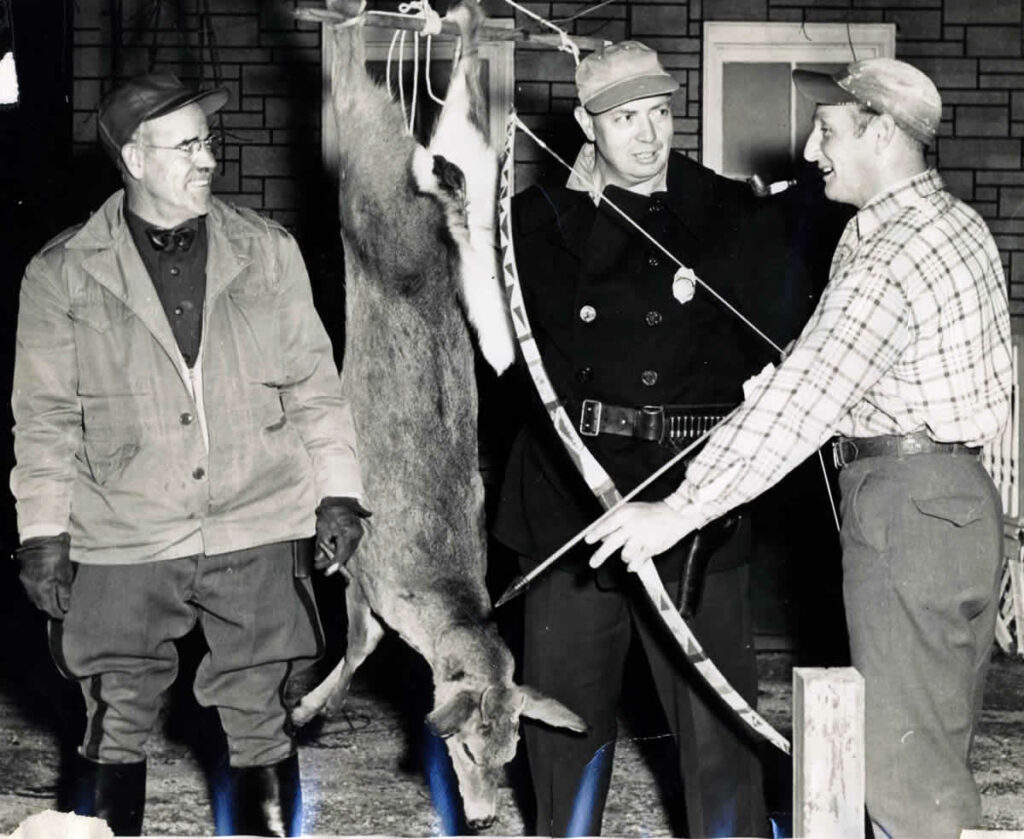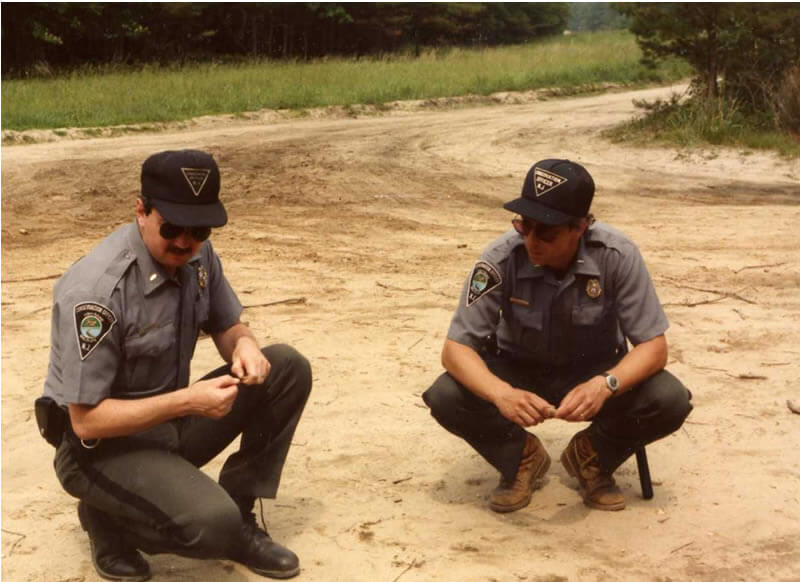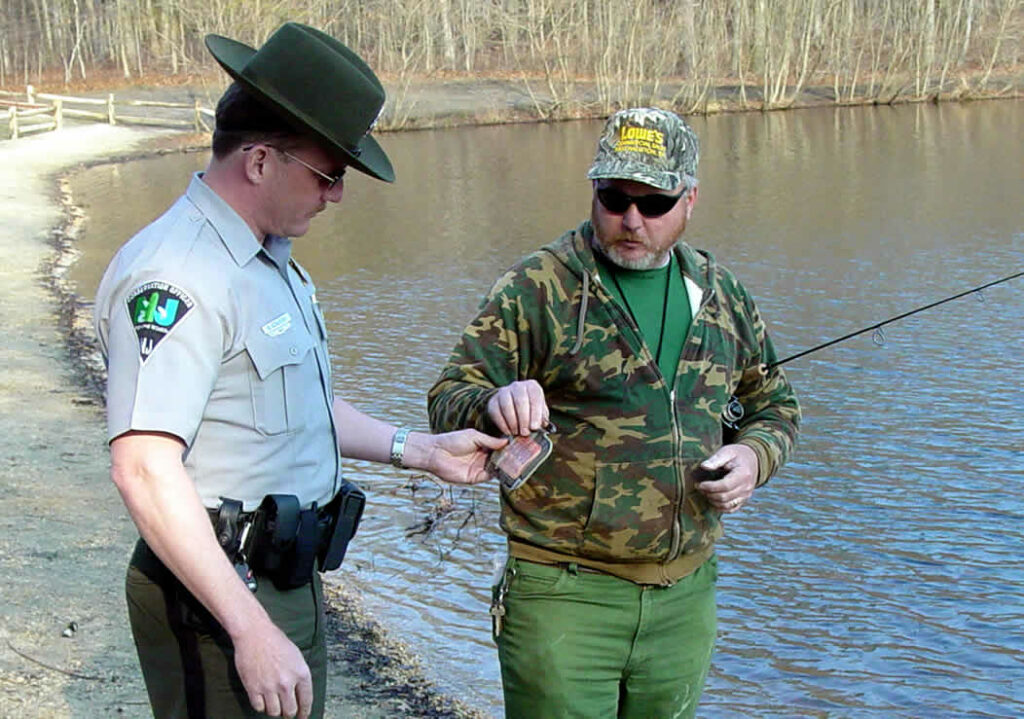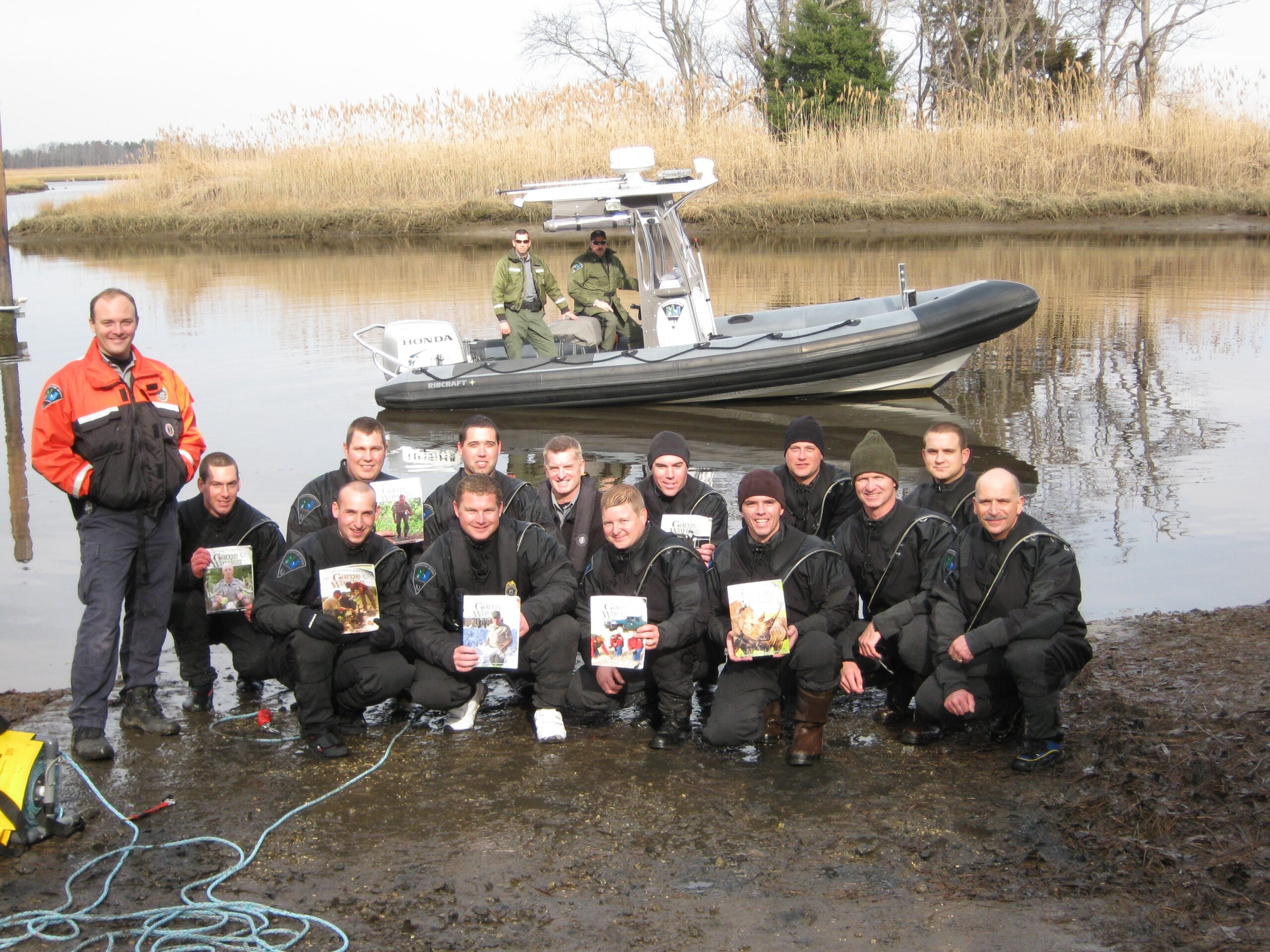by Shannon Martiak
Conservation Officer
December, 2006
New Jersey’s wildlife is diverse and, with the exception of those species with Endangered or Threatened status, thriving. There are many wildlife success stories, such as the reintroduction of such species as wild turkey, and the many species of game fish now available to anglers. Such good news doesn’t happen by accident.
A large contributor to these successes has been the work of those responsible for enforcing regulations protecting both game and nongame species and educating the public about those regulations and the species they protect. The history of those officers, once known as “game wardens” and now the more encompassing title “conservation officer” is a long and proud one.
On March 15, 1871 Governor Theodore F. Randolph signed into law an act creating fish wardens. “The governor shall appoint one person in each county adjoining the river Delaware, who shall be a resident of said county, to be fish wardens. Whose duty it shall be on view or information to enforce the fishing laws in their respective counties.” The original nine fish wardens were Jacob Westbrook (Sussex), Lewis C. Weller (Warren), A.J. Scarborough (Hunterdon), J. Ashmore (Mercer), N.D. Carman (Burlington), Frederic Shindle (Camden), H.V. Heritage (Gloucester), James Logue (Cumberland), and James S. Hannah (Salem). Thus began the official, organized enforcement of wildlife law in New Jersey.
On April 14, 1884 another law was enacted which empowered fish wardens to enforce game laws; hence the position as NJ Fish and Game Wardens was created. Early wardens had difficulty enforcing the law for lack of cooperation and respect from the fishermen. The original law of 1871 directed local constables or sheriffs to assist fish wardens in their duties when requested – or a fine of $10.00 could be imposed.
In 1895, there were 25 wardens throughout the state including a position as Fish and Game Protector, now known as Bureau Chief. The annual salary for a warden in 1895 was $600 plus a $200 annual expense account. No vehicles were provided, as wardens utilized horses, trains, trolleys, bicycles, and foot. It was not until 1912 that the first motorized conveyances were issued, those being 5 motorcycles.
As a result of the large geographic area of the state to patrol and the number of wardens employed, in 1896, legislation was enacted creating the position of Deputy Fish and Game Wardens. These deputies were not compensated as is the tradition today.
One strategy for enforcing regulations was to use a camp, located in Lebanon State Forest (renamed Brendan T. Byrne State Forest in 2004) and leased to the state, as a base of operations during the hunting seasons. The camp consisted of two uninsulated cedar barns with no electricity or running water. During the rest of the year the barns were used as drying sheds for sphagnum moss.
In 1897 a uniform procedure was created for fish and game enforcement. This uniform procedure established a foundation for prosecuting cases within New Jersey’s legal system. It was not until March 1949 that the first training conference for Fish and Game Wardens was held. Today’s fish and game wardens, or more commonly referred to as conservation officers, have come a long way from their humble beginnings in relation to their training, salary, uniform, equipment and duties.
Today’s conservation officers use the technological advances available in the 21st Century, but the basic traits of dedication, training and professionalism remain. All who enjoy our state’s fish and wildlife resources owe a debt to the officers of the Bureau of Law Enforcement.
Click the images below for a larger version.
 Official Site of The State of New Jersey
Official Site of The State of New Jersey

